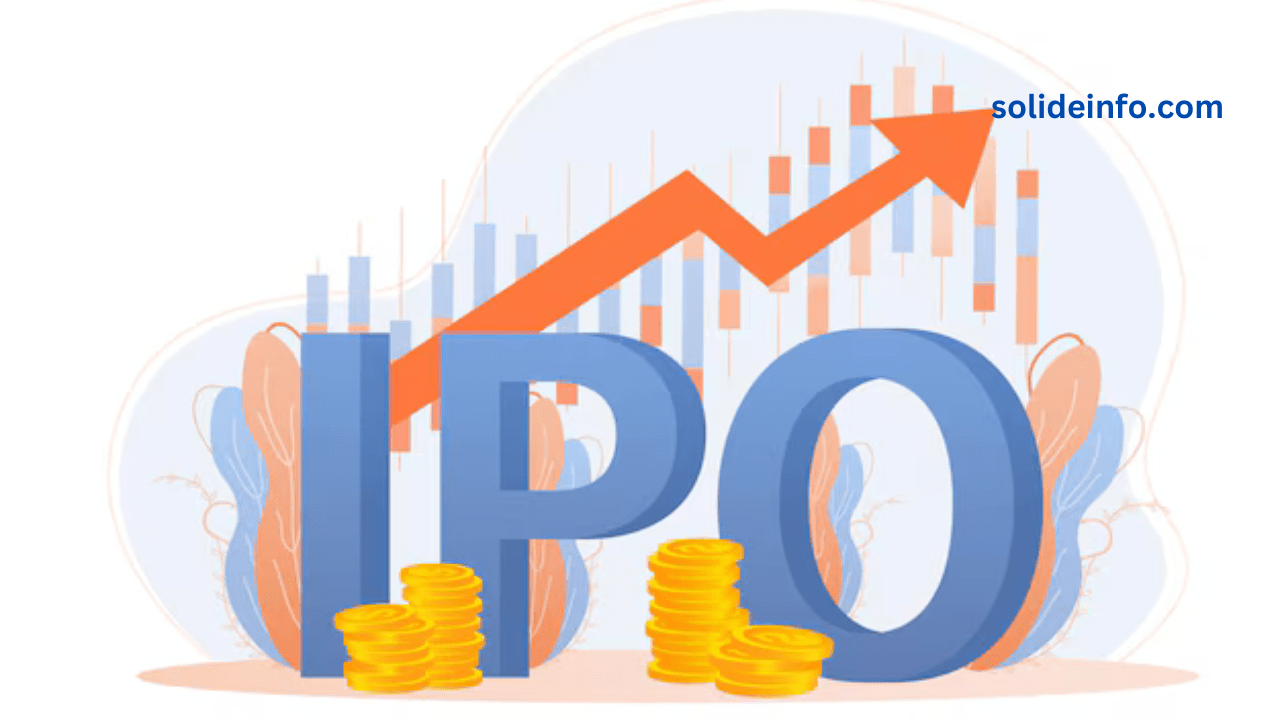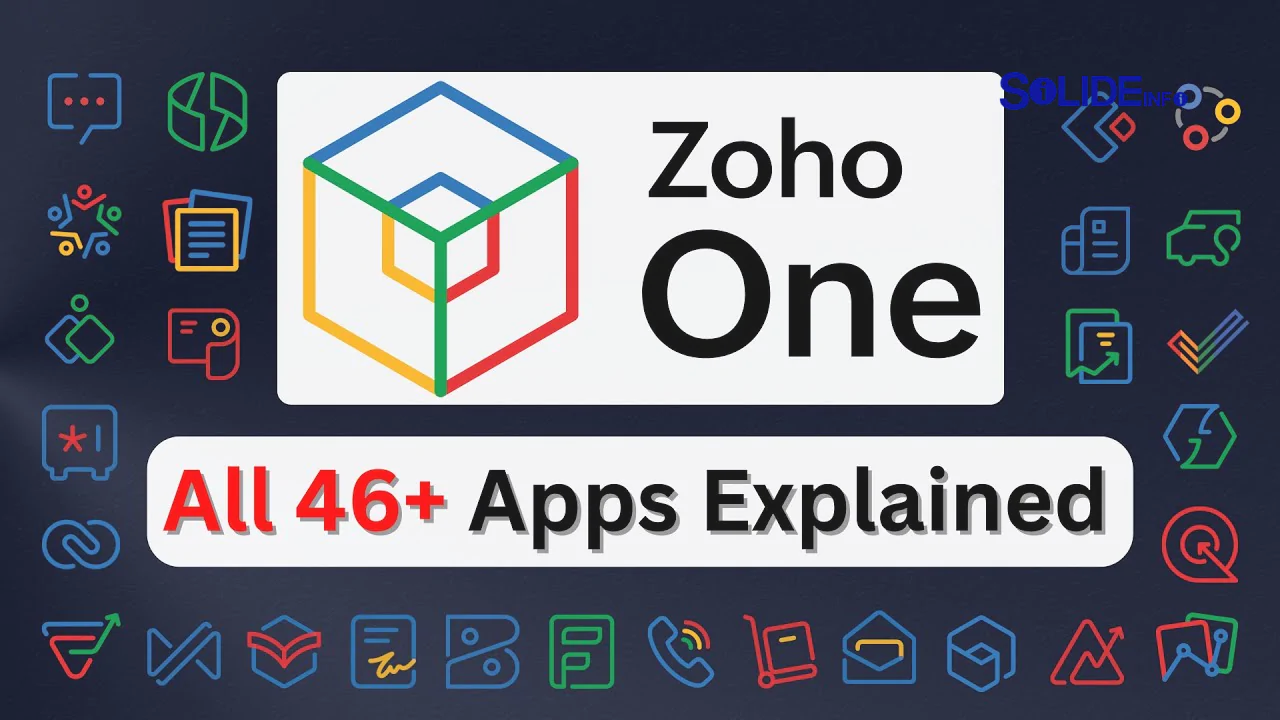An Initial Public Offering (IPO) marks a significant moment in a company’s journey. When a private company decides to offer its shares to the public for the first time, it’s known as an IPO. The process allows a company, referred to as the issuer, to raise capital by issuing new shares or selling existing ones to public investors. These shares are then listed on a stock exchange, enabling anyone with access to the market to invest in the company.
The primary goal of an IPO is to raise funds for business expansion, innovation, or reducing debt. By going public, a company opens itself up to a broader base of investors, providing an opportunity for them to own a part of the business and potentially profit from its success.
Who Can Participate in an IPO?
Anyone interested in investing in the stock market can participate in an IPO, whether individuals or corporate entities. By purchasing shares in an IPO, investors become shareholders, meaning they own a small piece of the company. Once the company goes public, these shareholders can trade their shares on the stock exchange, giving them the flexibility to sell or buy more shares as they see fit.
Participation in an IPO is relatively straightforward. Investors simply need to subscribe to the IPO during the subscription period, which is the window of time the company allows for public participation before its stock starts trading on the market.
What Are the Benefits of Subscribing to an IPO?
Subscribing to an IPO comes with several advantages for investors. First, shareholders are entitled to dividends, which are portions of the company’s profits distributed among shareholders based on the number of shares they own. Dividends can be a reliable source of income, especially for investors seeking long-term returns.
Additionally, shareholders benefit from capital gains. If the company performs well and its stock price increases, investors can sell their shares at a higher price than what they paid during the IPO, profiting from the difference. This potential for growth attracts many investors to IPOs, as they often represent the chance to get in on the ground floor of a company with significant growth prospects.
Another key benefit is liquidity. After the IPO, shares of the company are publicly traded, meaning investors can easily buy and sell shares on the open market. This liquidity ensures that shareholders can access their money quickly if they choose to sell their shares, making it a more flexible investment compared to others like real estate or private equity.
When and How to Subscribe for Shares in an IPO
The subscription for shares in an IPO takes place during a specific period, typically lasting from three to ten business days. This subscription window is outlined in the company’s prospectus, a detailed document that provides investors with all the necessary information about the company and the IPO itself. It’s essential to act during this period, as the opportunity to buy shares at the initial offering price is only available for a limited time. The subscription period can close early if the issuer raises the desired capital sooner than expected.
To participate, investors must first open an account with a financial intermediary such as a bank or a brokerage firm. Once the account is set up, investors place a buy order for the shares they wish to purchase through these intermediaries. Banks and brokerage firms involved in the IPO, known as the placing syndicate, handle these orders and facilitate the allocation of shares once the IPO concludes.
What to Know Before Investing in an IPO
Before deciding to invest in an IPO, potential investors should carefully read the company’s prospectus. This document outlines critical information about the company’s business model, financial health, risks, and future plans. By reviewing this, investors can form an educated opinion about the company’s potential and decide if it aligns with their investment goals.
The prospectus is generally available through multiple channels, including the issuing company’s website, the stock exchange where the IPO will take place, and participating banks or brokerage firms. This transparency is designed to protect investors, ensuring they have access to the information they need to make informed decisions.
Investors should also consider the risks involved. While IPOs can offer exciting opportunities for growth, they are not without risk. The stock market can be volatile, and not all companies experience success after going public. It’s crucial for investors to evaluate their risk tolerance and financial goals before jumping into an IPO.
In conclusion, an IPO offers both companies and investors a unique opportunity. For companies, it provides a pathway to raise capital and increase visibility. For investors, it represents a chance to share in the potential success of a growing business. However, as with any investment, it’s important to do thorough research and carefully consider the potential risks and rewards.
This article is for informational purposes only and should not be considered professional advice.



